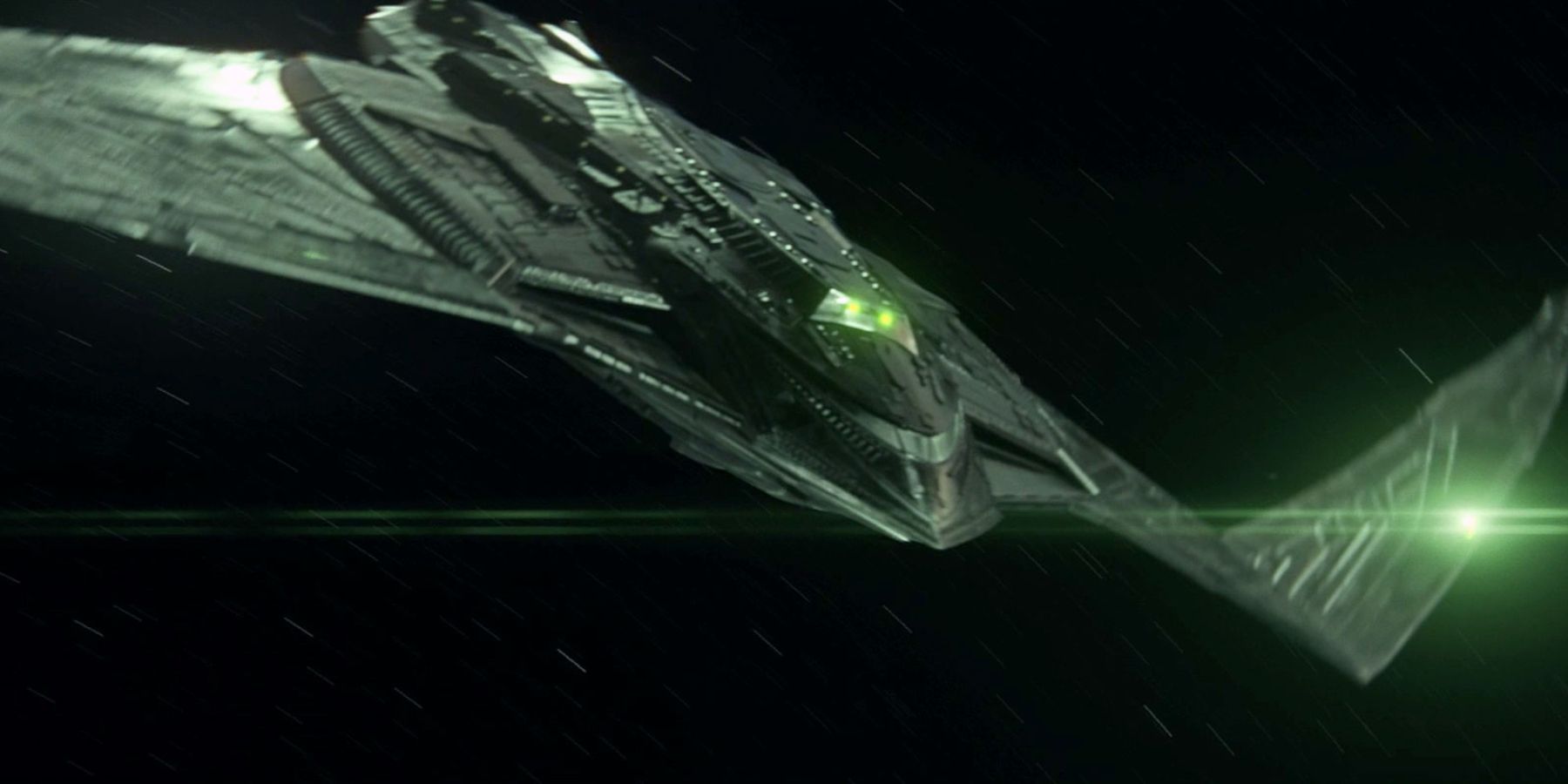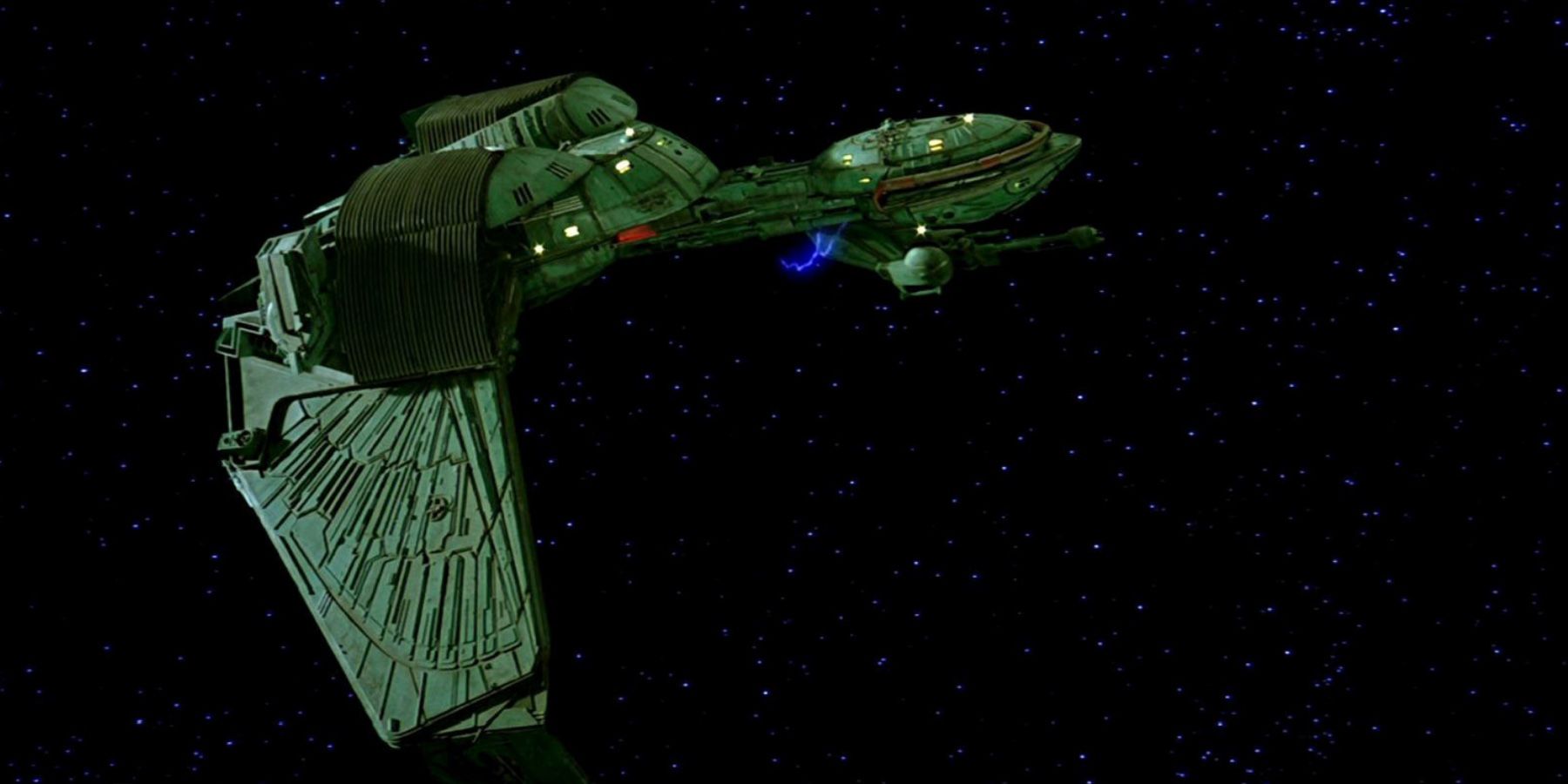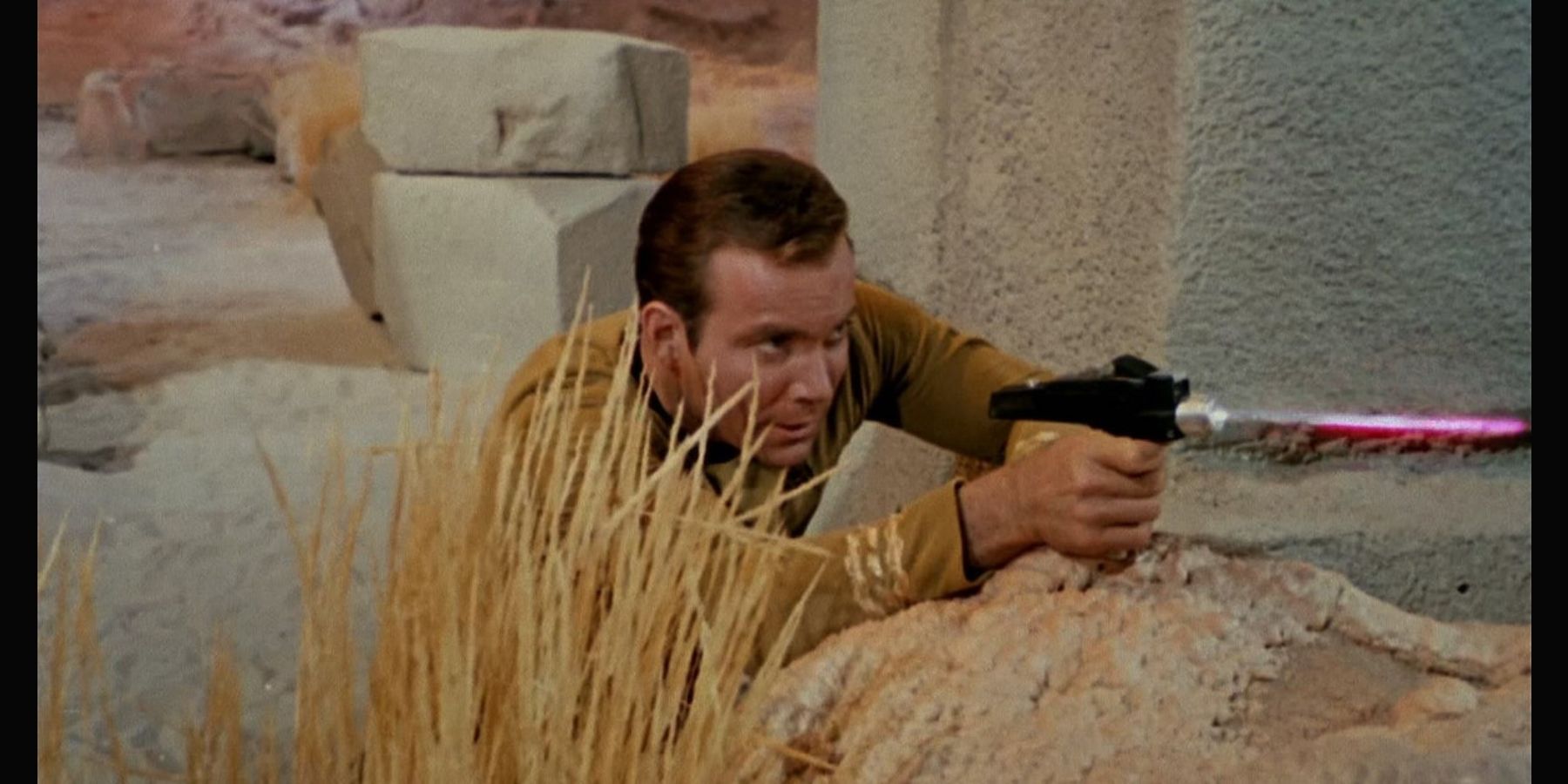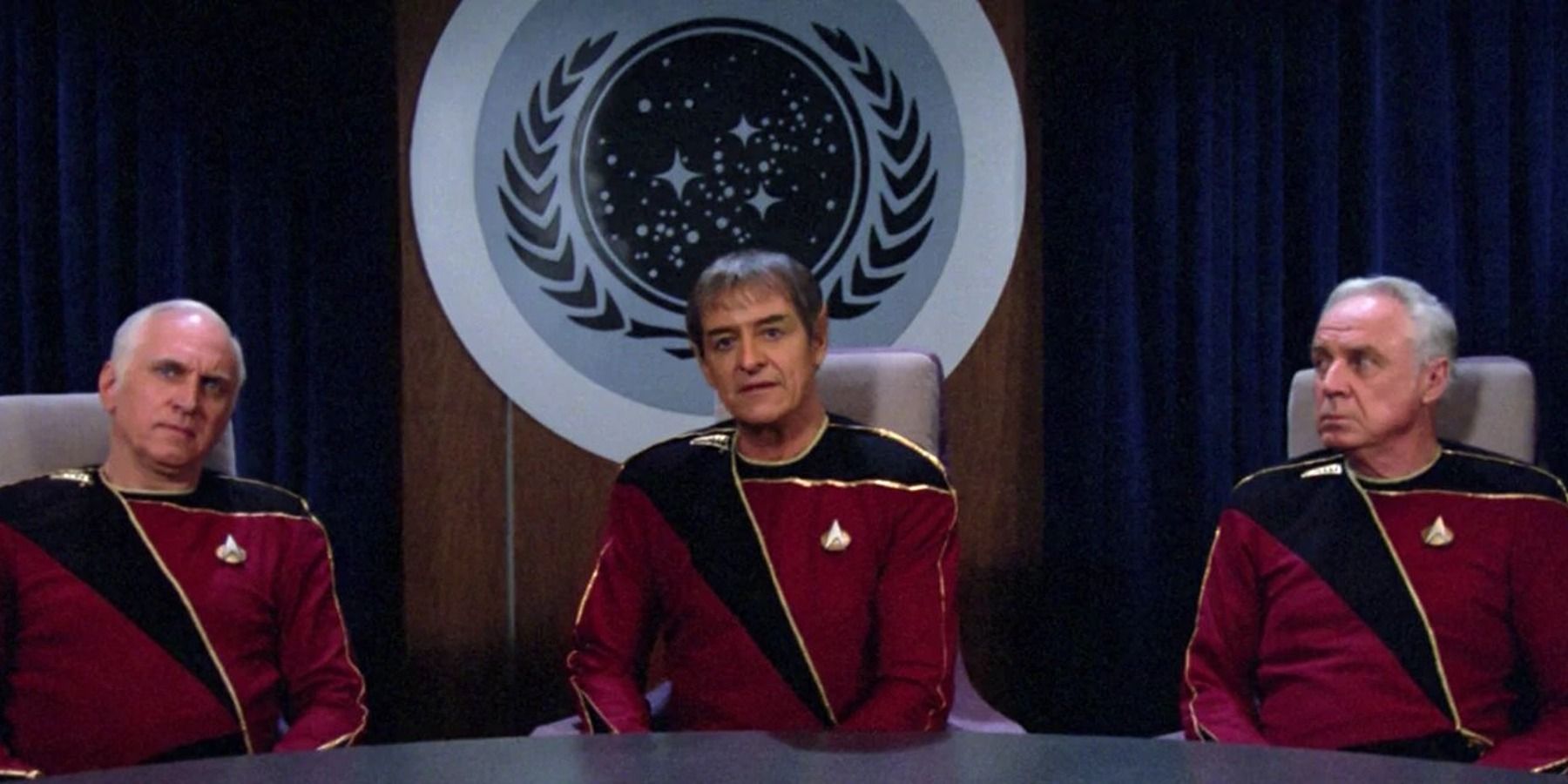One of the problems with being a Star Trek fan is that any narrative that has survived several decades will run into some issues with consistency. Giving the heroes and villains discrete weapons is simple, but years of terminology and development will complicate the idea. Star Trek introduced various armaments called disruptors as an alternative to the traditional phaser, but their capabilities are questionable.
Generally, Star Trek isn't an action series. There is some hand-to-hand combat, ships firing upon each other, and plenty of races defined by violence, but trading lasers isn't the point of the show. When Starfleet operatives tangle with a dangerous alien, the phasers are their weapon of choice. Aliens, on the other hand, tend to pick the disruptors.
How do Disruptors Work?
Disruptors are a broad category of energy-based weaponry. Several alien races, including Klingons, Romulans, Borg, Breen, and Cardassians, use disruptors as their primary armament. Generally, disruptors excite the molecular bonds of their targets, causing them to break down and explode. Most disruptors fire a green beam of light, presumably introducing enough energy to the victim that their body disintegrates on an atomic scale. This chemical reaction typically absorbs energy, but the blast may supply so much power that the target boils or combusts. Its effect is described as "thermal shock." The term describes a drastic temperature change that causes strain and eventual structural failure.
Disruptors come in all shapes and sizes. Handheld pistols, mounted cannons, huge ship-based turrets, and bombs use disruptor technology. Some species have created alternative disruptors. By the 29th century, skilled warriors developed several advanced weapons. Sonic disruptors use concentrated sound waves, temporal disruptors distort spacetime to damage foes, and polaron disruptors agitate electrons to deliver a shock. Different examples also carried unique effects. Jem'Hadar rifles fire lethal disruptor bursts that introduce anticoagulants to the victim's system, frequently causing exsanguination. Klingon and Romulan disruptors leave behind different residual effects, allowing an astute observer to identify the weapon hours after it's been fired. Disruptors are varied and hard to pin down.
What is the Difference Between a Disruptor and a Phaser?
The answer to this question is characteristically inconsistent. Star Trek has played fast and loose with the scientific explanation for the phaser. Phasers fire a stream of pulsed energy in the form of artificially-created particles called nations. Phasers feature multiple settings and cause various effects on different targets. The most notable options are Stun and Kill, but many phasers feature up to 16 unique modifications. Some phasers have a disruptor setting, introducing an in-canon difference between the two weapons. The clear delineation is that heroes carry phasers, and villains carry disruptors. In combat, disruptors cause more significant damage to organic matter but are less effective against shields. Disruptors tend to leave more catastrophic wounds on targets, while phasers can be less destructive. As a result, disruptors were broadly viewed as brutish inelegant instruments for those who seek to cause harm. Phasers, on the other hand, are seen as noble self-defense tools.
Why are Disruptors Banned by the Federation?
At least one type of disruptor was banned by the Federation. The Varon-T disruptor pistol was introduced in a season three episode of Star Trek: The Next Generation. It only appeared in one other entry, but the weapon was widely feared. Only 5 Varon-T disruptors were created before their production was banned throughout the galaxy. Zibalian traitor Kivas Fajo owned four of them. He kept one under his pillow while he slept. Fajo used the weapon to execute one of his cohorts. When Data faced Fajo in combat, he logically deduced that the traitor would continue to kill people and that only his death would stop him. Data fired the Varon-T, but a well-timed transporter saved Fajo's life. Riker arrests Fajo, but Data comes away with an important lesson about violence. The Varon-T was restricted because it caused a cruel and unusual death. When fired, this disruptor tears the victim's body apart at the molecular level. The result is a slow and excruciating demise. Even when set to kill, phasers typically end their target's life quickly and painlessly. Other disruptors generally seem to be less cruel than the Varon-T. The Federation banned the Varon-T for its brutality, but it's unclear whether other disruptors are legally permissible.
Disruptors are generally the all-purpose term for the energy weapons wielded by antagonists in the Star Trek franchise. There is some science to their design and a wide variety of unique effects, but they've been inconsistent over the years. In a series about traveling the galaxy and solving problems, some species are going to choose to cause problems. If someone wants to cause death from afar in the nastiest way possible, a phaser simply won't cut it. The disruptor is the perfect all-purpose death-dealing solution for anyone willing to break every law in the universe.




